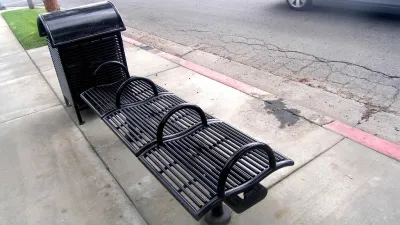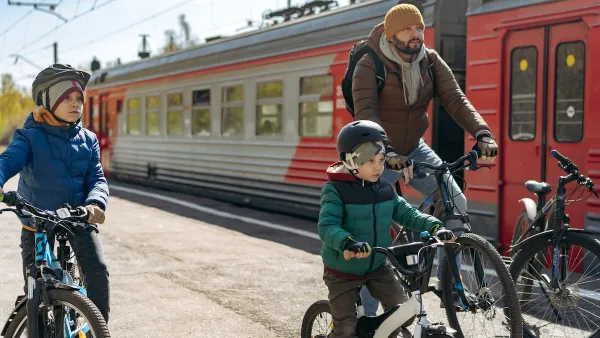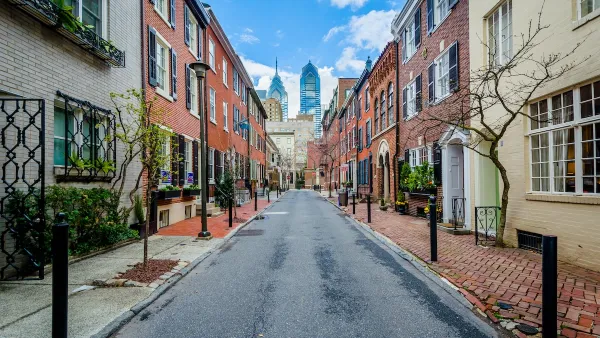Seating in the public realm often isn’t designed to accommodate varied body types, ages, and abilities.

In an op-ed in Next City, Alanah Nichole Davis calls on cities to consider how street furniture and public seating accommodate — or don’t — people of various body types.
For those at the intersection of factors like weight, pregnancy, age and disability, the challenge of finding suitable public seating can disrupt a sense of belonging and inhibit our ability to thrive. Something as simple as taking a walk in a park or meeting a friend for lunch may become a daunting task due to design shortcomings in open spaces.
Davis cites programs in cities like Boston and New York aimed at making public seating more accessible. Boston’s age-friendly bench initiative installs benches that make sitting and standing easier for elderly people near key destinations.
Davis poses the argument another way: “Hostile architecture and defensive design are known for discouraging humans who might be unhoused from staying in an area for too long. But if an armrest, chair width or other seating features discourage varied body types — whether housed or unhoused residents or visitors — from sitting comfortably in our cities, isn’t that hostile, too?”
FULL STORY: Urban Seating Isn’t Designed for My Body. It’s Time To Change That.

National Parks Layoffs Will Cause Communities to Lose Billions
Thousands of essential park workers were laid off this week, just before the busy spring break season.

Retro-silient?: America’s First “Eco-burb,” The Woodlands Turns 50
A master-planned community north of Houston offers lessons on green infrastructure and resilient design, but falls short of its founder’s lofty affordability and walkability goals.

Delivering for America Plan Will Downgrade Mail Service in at Least 49.5 Percent of Zip Codes
Republican and Democrat lawmakers criticize the plan for its disproportionate negative impact on rural communities.

Test News Post 1
This is a summary

Test News Headline 46
Test for the image on the front page.

Balancing Bombs and Butterflies: How the National Guard Protects a Rare Species
The National Guard at Fort Indiantown Gap uses GIS technology and land management strategies to balance military training with conservation efforts, ensuring the survival of the rare eastern regal fritillary butterfly.
Urban Design for Planners 1: Software Tools
This six-course series explores essential urban design concepts using open source software and equips planners with the tools they need to participate fully in the urban design process.
Planning for Universal Design
Learn the tools for implementing Universal Design in planning regulations.
EMC Planning Group, Inc.
Planetizen
Planetizen
Mpact (formerly Rail~Volution)
Great Falls Development Authority, Inc.
HUDs Office of Policy Development and Research
NYU Wagner Graduate School of Public Service





























